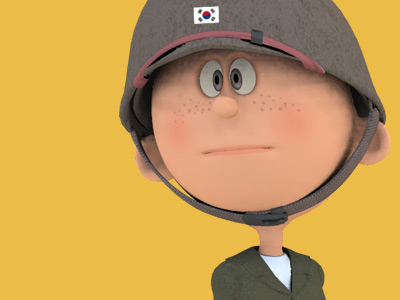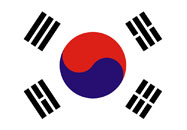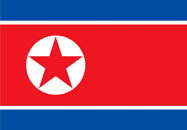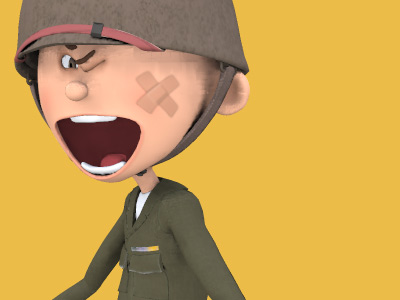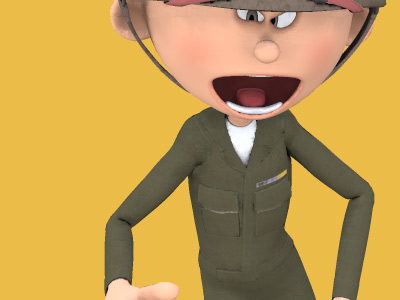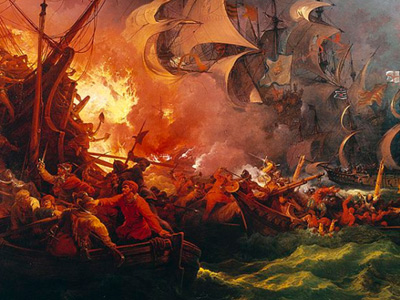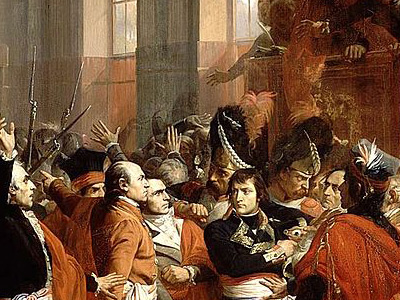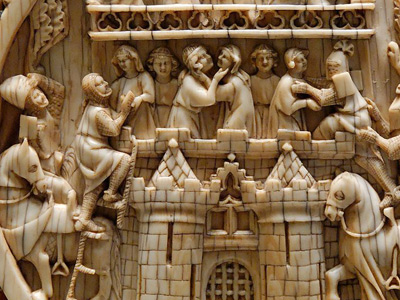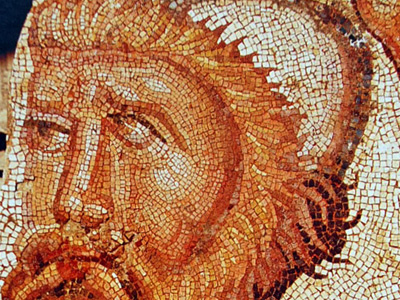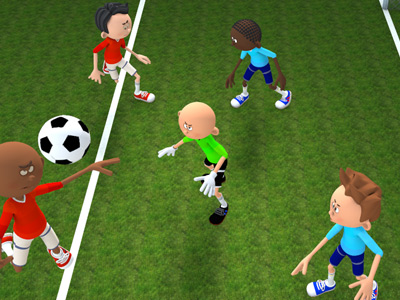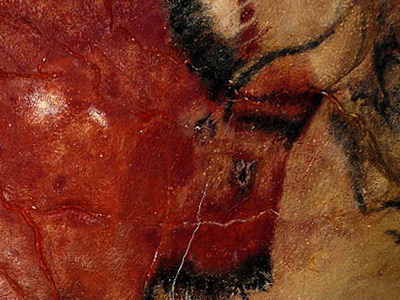Korean War 한국전쟁 (1950-1953)
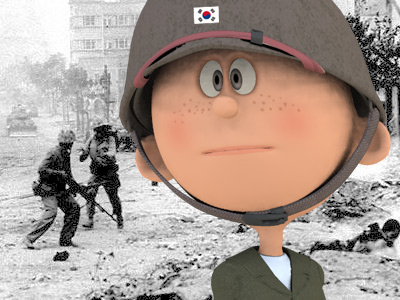
China Intervenes (October – December 1950)
On 27 June 1950, two days after the KPA invaded and three months before the Chinese entered the war, President Truman dispatched the United States Seventh Fleet to the Taiwan Strait, to prevent hostilities between the Nationalist Republic of China (Taiwan) and the People's Republic of China (PRC). On 4 August 1950, with the PRC invasion of Taiwan aborted, Mao Zedong reported to the Politburo that he would intervene in Korea when the People's Liberation Army's (PLA) Taiwan invasion force was reorganized into the PLA North East Frontier Force. China justified its entry into the war as a response to "American aggression in the guise of the United Nations (UN)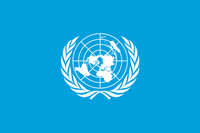 United Nations (UN) is an intergovernmental organization whose stated purposes are to maintain international peace and security, develop friendly relations among nations, achieve international cooperation, and be a centre for harmonizing the actions of nations. The UN was established after World War II with the aim of preventing future world wars, succeeding the League of Nations, which was characterized as ineffective.".
United Nations (UN) is an intergovernmental organization whose stated purposes are to maintain international peace and security, develop friendly relations among nations, achieve international cooperation, and be a centre for harmonizing the actions of nations. The UN was established after World War II with the aim of preventing future world wars, succeeding the League of Nations, which was characterized as ineffective.".
On 20 August 1950, Premier Zhou Enlai informed the UN that "Korea is China's neighbor... The Chinese people cannot but be concerned about a solution of the Korean question". Thus, through neutral-country diplomats, China warned that in safeguarding Chinese national security, they would intervene against the UN Command in Korea. United States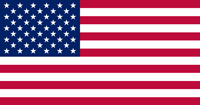 The United States of America (U.S.A. or USA), commonly known as the United States (U.S. or US) or America, is a country in North America. It is the world's third-largest country by both land and total area. The United States shares land borders with Canada to its north and with Mexico to its south. The national capital is Washington, D.C., and the most populous city and financial center is New York City. President Truman interpreted the communication as "a bald attempt to blackmail the UN", and dismissed it.
The United States of America (U.S.A. or USA), commonly known as the United States (U.S. or US) or America, is a country in North America. It is the world's third-largest country by both land and total area. The United States shares land borders with Canada to its north and with Mexico to its south. The national capital is Washington, D.C., and the most populous city and financial center is New York City. President Truman interpreted the communication as "a bald attempt to blackmail the UN", and dismissed it.
1 October 1950, the day that UN troops crossed the 38th parallel, was also the first anniversary of the founding of the People's Republic of China. On that day the Soviet Soviet Union, officially the Union of Soviet Socialist Republics (USSR), was a transcontinental country that spanned much of Eurasia from 1922 to 1991. The Soviet Union fall process began with growing unrest in the Union's various constituent national republics developing into an incessant political and legislative conflict between them and the central government. Estonia was the first Soviet republic to declare state sovereignty inside the Union. ambassador forwarded a telegram from Stalin to Mao and Zhou requesting that China send five to six divisions into Korea, and Kim Il-sung sent frantic appeals to Mao for Chinese military intervention. At the same time, Stalin made it clear that Soviet forces themselves would not directly intervene.
Soviet Union, officially the Union of Soviet Socialist Republics (USSR), was a transcontinental country that spanned much of Eurasia from 1922 to 1991. The Soviet Union fall process began with growing unrest in the Union's various constituent national republics developing into an incessant political and legislative conflict between them and the central government. Estonia was the first Soviet republic to declare state sovereignty inside the Union. ambassador forwarded a telegram from Stalin to Mao and Zhou requesting that China send five to six divisions into Korea, and Kim Il-sung sent frantic appeals to Mao for Chinese military intervention. At the same time, Stalin made it clear that Soviet forces themselves would not directly intervene.
In a series of emergency meetings that lasted from 2–5 October, Chinese leaders debated whether to send Chinese troops into Korea. There was considerable resistance among many leaders, including senior military leaders, to confronting the U.S. in Korea. Mao strongly supported intervention, and Zhou was one of the few Chinese leaders who firmly supported him. After Lin Biao politely refused Mao's offer to command Chinese forces in Korea (citing his upcoming medical treatment), Mao decided that Peng Dehuai would be the commander of the Chinese forces in Korea after Peng agreed to support Mao's position. Mao then asked Peng to speak in favor of intervention to the rest of the Chinese leaders. After Peng made the case that if U.S. troops conquered Korea and reached the Yalu they might cross it and invade China the Politburo agreed to intervene in Korea. Later, the Chinese claimed that US bombers had violated PRC national airspace on three separate occasions and attacked Chinese targets before China intervened. On 8 October 1950, Mao Zedong redesignated the PLA North East Frontier Force as the Chinese People's Volunteer Army (PVA).
In order to enlist Stalin's support, Zhou and a Chinese delegation left for Moscow on 8 October, arriving there on 10 October at which point they flew to Stalin's home at the Black Sea. There they conferred with the top Soviet leadership which included Joseph Stalin as well as Vyacheslav Molotov, Lavrentiy Beria and Georgi Malenkov. Stalin initially agreed to send military equipment and ammunition, but warned Zhou that the Soviet Union's air force would need two or three months to prepare any operations. In a subsequent meeting, Stalin told Zhou that he would only provide China with equipment on a credit basis, and that the Soviet air force would only operate over Chinese airspace, and only after an undisclosed period of time. Stalin did not agree to send either military equipment or air support until March 1951. Mao did not find Soviet air support especially useful, as the fighting was going to take place on the south side of the Yalu. Soviet shipments of matériel, when they did arrive, were limited to small quantities of trucks, grenades, machine guns, and the like.
Immediately on his return to Beijing on 18 October 1950, Zhou met with Mao Zedong, Peng Dehuai, and Gao Gang, and the group ordered two hundred thousand Chinese troops to enter North Korea North Korea, officially the Democratic People's Republic of Korea (DPRK) is a country in East Asia, in the northern part of the Korean Peninsula. The capital and largest city is Pyongyang. The Korean Demilitarized Zone marks the boundary between North Korea and South Korea. The legitimacy of this border is not accepted by either side, as both states claim to be the legitimate government of the entire peninsula., which they did on 25 October. After consulting with Stalin, on 13 November, Mao appointed Zhou the overall commander and coordinator of the war effort, with Peng as field commander. Orders given by Zhou were delivered in the name of the Central Military Commission.
North Korea, officially the Democratic People's Republic of Korea (DPRK) is a country in East Asia, in the northern part of the Korean Peninsula. The capital and largest city is Pyongyang. The Korean Demilitarized Zone marks the boundary between North Korea and South Korea. The legitimacy of this border is not accepted by either side, as both states claim to be the legitimate government of the entire peninsula., which they did on 25 October. After consulting with Stalin, on 13 November, Mao appointed Zhou the overall commander and coordinator of the war effort, with Peng as field commander. Orders given by Zhou were delivered in the name of the Central Military Commission.
UN aerial reconnaissance had difficulty sighting PVA units in daytime, because their march and bivouac discipline minimized aerial detection. The PVA marched "dark-to-dark" (19:00–03:00), and aerial camouflage (concealing soldiers, pack animals, and equipment) was deployed by 05:30. Meanwhile, daylight advance parties scouted for the next bivouac site. During daylight activity or marching, soldiers were to remain motionless if an aircraft appeared, until it flew away; PVA officers were under order to shoot security violators. Such battlefield discipline allowed a three-division army to march the 286 miles (460 km) from An-tung, Manchuria, to the combat zone in some 19 days. Another division night-marched a circuitous mountain route, averaging 18 miles (29 km) daily for 18 days.
Meanwhile, on 10 October 1950, the 89th Tank Battalion was attached to the 1st Cavalry Division, increasing the armor available for the Northern Offensive. On 15 October, after moderate KPA resistance, the 7th Cavalry Regiment and Charlie Company, 70th Tank Battalion captured Namchonjam city. On 17 October, they flanked rightwards, away from the principal road (to Pyongyang), to capture Hwangju. Two days later, the 1st Cavalry Division captured Pyongyang, the North's capital city, on 19 October 1950. Kim Il Sung and his government temporarily moved its capital to Sinuiju – although as UNC forces approached, the government again moved – this time to Kanggye.
On 15 October 1950, President Truman and General MacArthur met at Wake Island in the mid-Pacific Ocean. This meeting was much publicized because of the General's discourteous refusal to meet the President on the continental United States. To President Truman, MacArthur speculated there was little risk of Chinese intervention in Korea, and that the PRC's opportunity for aiding the KPA had lapsed. He believed the PRC had some 300,000 soldiers in Manchuria, and some 100,000–125,000 soldiers at the Yalu River. He further concluded that, although half of those forces might cross south, "if the Chinese tried to get down to Pyongyang, there would be the greatest slaughter" without air force protection.
After secretly crossing the Yalu River on 19 October, the PVA 13th Army Group launched the First Phase Offensive on 25 October, attacking the advancing UN forces near the Sino-Korean border. This military decision made solely by China changed the attitude of the Soviet Union. Twelve days after Chinese troops entered the war, Stalin allowed the Soviet Air Force to provide air cover, and supported more aid to China. After decimating the ROK II Corps at the Battle of Onjong, the first confrontation between Chinese and U.S. military occurred on 1 November 1950; deep in North Korea, thousands of soldiers from the PVA 39th Army encircled and attacked the U.S. 8th Cavalry Regiment with three-prong assaults—from the north, northwest, and west—and overran the defensive position flanks in the Battle of Unsan. The surprise assault resulted in the UN forces retreating back to the Ch'ongch'on River, while the Chinese unexpectedly disappeared into mountain hideouts following victory. It is unclear why the Chinese did not press the attack and follow up their victory.
The UN Command, however, were unconvinced that the Chinese had openly intervened because of the sudden Chinese withdrawal. On 24 November, the Home-by-Christmas Offensive was launched with the U.S. Eighth Army advancing in northwest Korea, while the US X Corps were attacking along the Korean east coast. But the Chinese were waiting in ambush with their Second Phase Offensive.
On 25 November at the Korean western front, the PVA 13th Army Group attacked and overran the ROK II Corps at the Battle of the Ch'ongch'on River, and then decimated the US 2nd Infantry Division on the UN forces' right flank. The UN Command retreated; the U.S. Eighth Army's retreat (the longest in US Army history) was made possible because of the Turkish Brigade's successful, but very costly, rear-guard delaying action near Kunuri that slowed the PVA attack for two days (27–29 November). On 27 November at the Korean eastern front, a U.S. 7th Infantry Division Regimental Combat Team (3,000 soldiers) and the U.S. 1st Marine Division (12,000–15,000 marines) were unprepared for the PVA 9th Army Group's three-pronged encirclement tactics at the Battle of Chosin Reservoir, but they managed to escape under Air Force and X Corps support fire—albeit with some 15,000 collective casualties.
By 30 November, the PVA 13th Army Group managed to expel the U.S. Eighth Army from northwest Korea. Retreating from the north faster than they had counter-invaded, the Eighth Army crossed the 38th parallel border in mid December. UN morale hit rock bottom when commanding General Walton Walker of the U.S. Eighth Army was killed on 23 December 1950 in an automobile accident. In northeast Korea by 11 December, the U.S. X Corps managed to cripple the PVA 9th Army Group while establishing a defensive perimeter at the port city of Hungnam. The X Corps were forced to evacuate by 24 December in order to reinforce the badly depleted U.S. Eighth Army to the south.
During the Hungnam evacuation, about 193 shiploads of UN Command forces and matériel (approximately 105,000 soldiers, 98,000 civilians, 17,500 vehicles, and 350,000 tons of supplies) were evacuated to Pusan. The SS Meredith Victory was noted for evacuating 14,000 refugees, the largest rescue operation by a single ship, even though it was designed to hold 12 passengers. Before escaping, the UN Command forces razed most of Hungnam city, especially the port facilities; and on 16 December 1950, President Truman declared a national emergency with Presidential Proclamation No. 2914, 3 C.F.R. 99 (1953), which remained in force until 14 September 1978. The next day (17 December 1950) Kim Il-sung was deprived of the right of command of KPA by China. After that, the leading part of the war became the Chinese army.
HISTORY
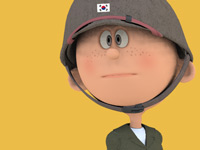
RESOURCES
This article uses material from the Wikipedia article "Korean War", which is released under the Creative Commons Attribution-Share-Alike License 3.0.
© Stories Preschool. All Rights Reserved.
